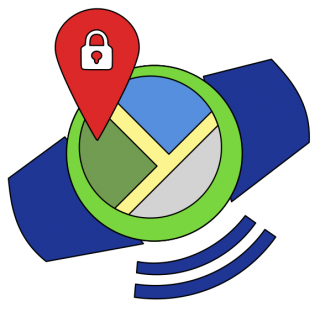At the end of 2019 and the beginning of 2020, during the COVID-19 outbreak, millions of people worldwide have experienced an unprecedented situation that changed the order of things. And nowadays, epidemiologists are working on a possible cure or a vaccine that could stop the coronavirus pandemic. Also, experts from other professional fields – not related to the medical industry – are working on diverse, yet robust solutions to solve the issue the world is facing these days. Worldwide researchers have agreed to accumulate resources to encourage research development and accessible healthcare and technological solutions in order to cease the spread of the virus. Thus, e-health and diagnostics startups, hospital care organizations, and emerging companies respond rapidly and provide faith in the health tech industry’s power.

Some wearables used for health monitoring proved to work well with detecting the contagious virus’s symptoms. In Finland, the owner OURA Smart Ring was tested positive for COVID-19 after receiving physiological data from the smart device, such as sleep quality and resting heart rate. This case motivated the company [1] to further their research to identifying the COVID-19 symptoms. Recently, researchers from WVU Rockefeller Neuroscience Institute were able to predict COVID-19 related symptoms with up to three days before the on-set of the disease, by the help of Oura smart rings [2]. Moreover, Stanford Medicine Healthcare Innovation Lab have announced their study on wearable devices as potential sources of COVID-19 symptoms recognition from health information, such as heart rate, physical activity, and skin temperature [3].
Wearables can sense the following health-related information about their users that might be used for further COVID-19 developments:
- breathing rate;
- heart rate
- body temperature
- sleep analysis
- blood analysis: glucose and oxygen levels;
- positioning, location or proximity detection information for contact tracing applications.
There have already been developed numerous prototypes of technological solutions designed directly to help users improve their health conditions under the pandemic situation. To categorize those applications, we introduce the following classification presented in Table 1 below. We define three types of applications that are offering assistance to cope with the spread and symptoms of COVID-19, as well as its consequences. In the table, we briefly describe each type and illustrate with examples of the products and prototypes.
|
Physical health monitoring applications
|
Mental health monitoring applications
|
Contact / location tracing applications
|
| As known, apps or devices that analyze health-related data to predict the possibility of being infected with coronavirus are the most effective solutions as well as tools used for real-time health monitoring functions and health tracking till the moment of full recovery. | Due to the increased level of uncertainty, self-isolation altogether with social distancing measures have caused high levels of stress and anxiety for many people. Chatbots, Social Media, professional support, and other tech applications can be used for mental health care during exceptional times. | Multiple governments are suggesting contact tracing as a possible measure to tackle the spread of the highly contagious virus, some of the techniques used:
|
| Examples | ||
|
|
|
Table 1. Taxonomy for COVID-19 applications.




